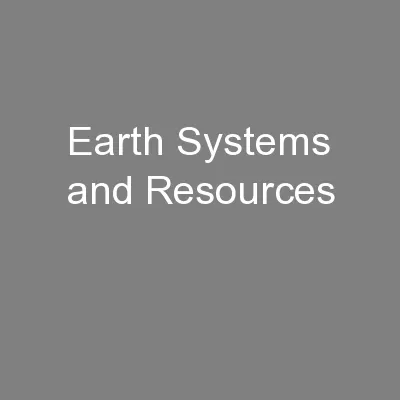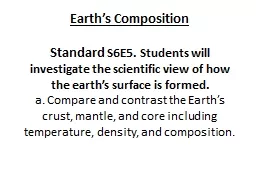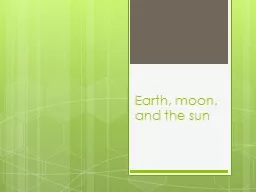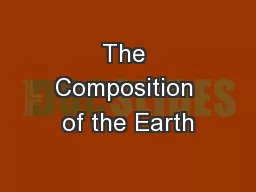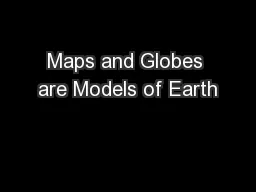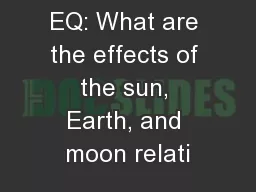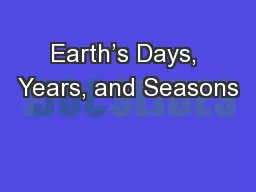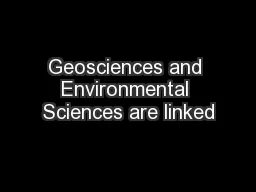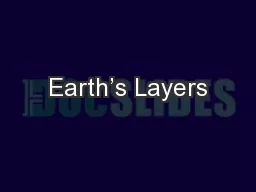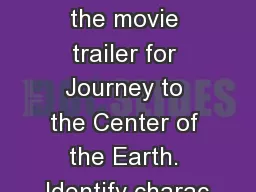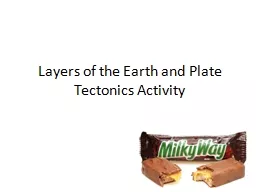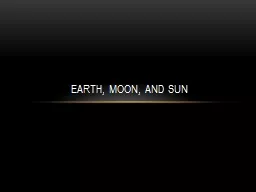PPT-Earth Systems and Resources
Author : luanne-stotts | Published Date : 2016-08-10
Soil and Soil Dynamics APES Ms Tooker 2015 Rock cycle Formation Composition Physical and chemical properties Main soil types Erosion Soil conservation Soil and
Presentation Embed Code
Download Presentation
Download Presentation The PPT/PDF document "Earth Systems and Resources" is the property of its rightful owner. Permission is granted to download and print the materials on this website for personal, non-commercial use only, and to display it on your personal computer provided you do not modify the materials and that you retain all copyright notices contained in the materials. By downloading content from our website, you accept the terms of this agreement.
Earth Systems and Resources: Transcript
Download Rules Of Document
"Earth Systems and Resources"The content belongs to its owner. You may download and print it for personal use, without modification, and keep all copyright notices. By downloading, you agree to these terms.
Related Documents

